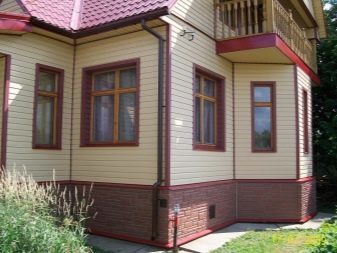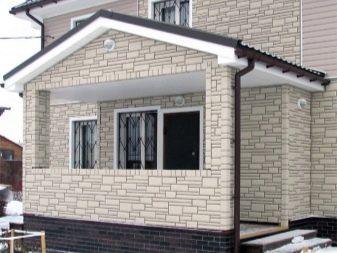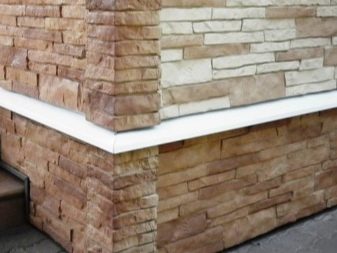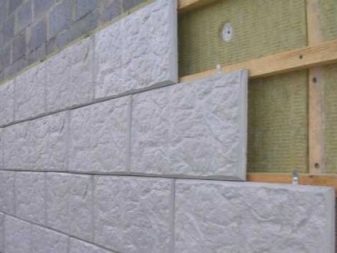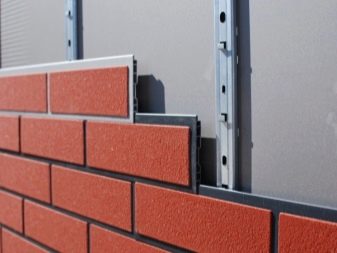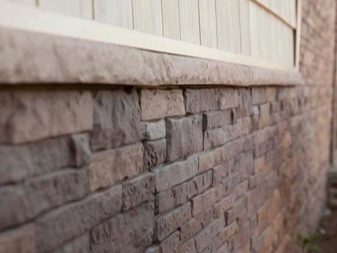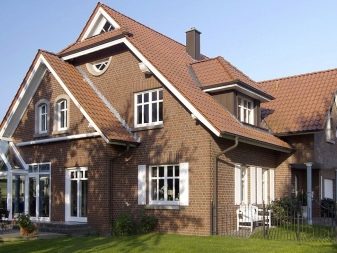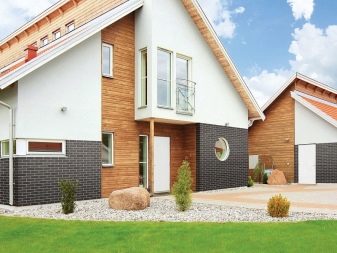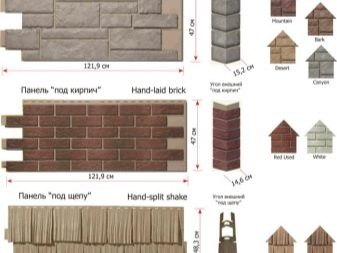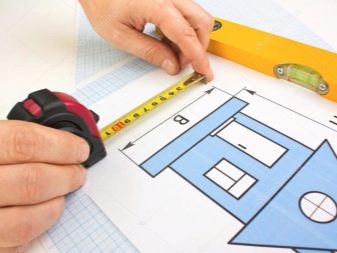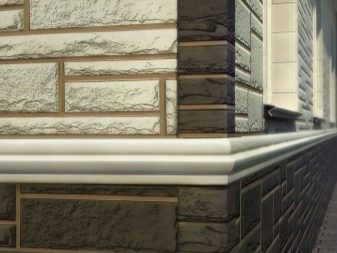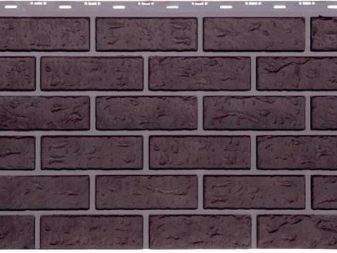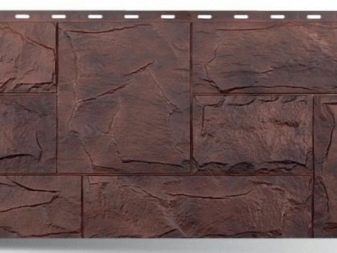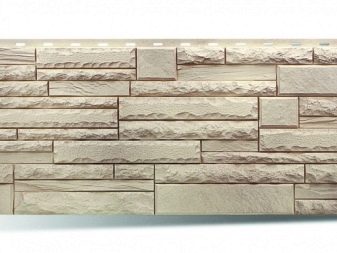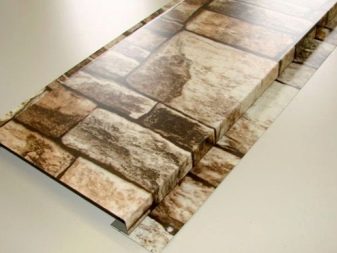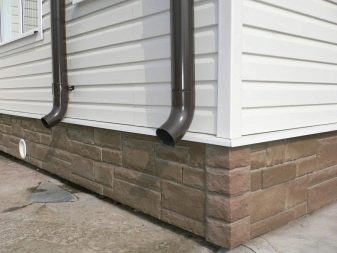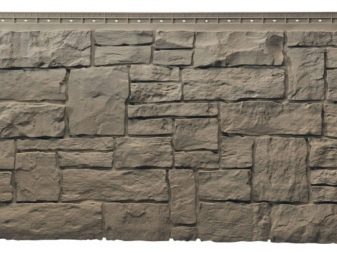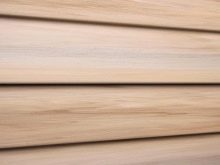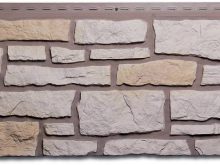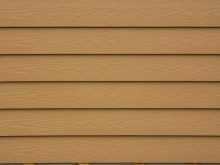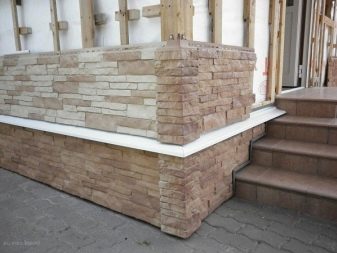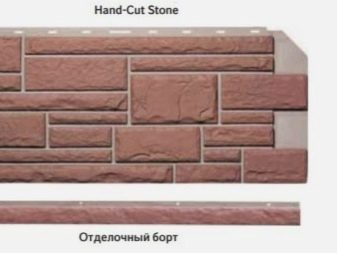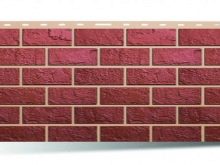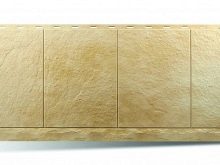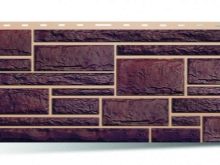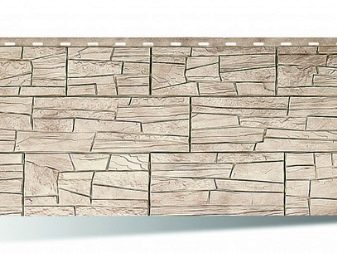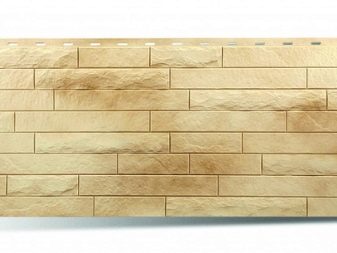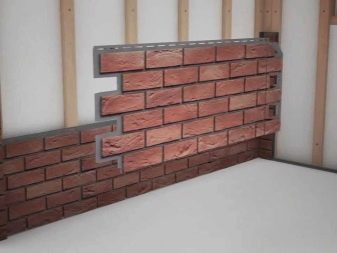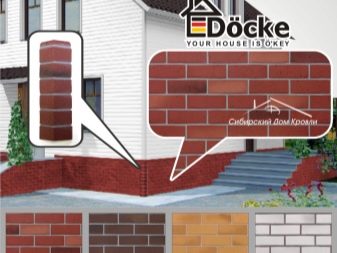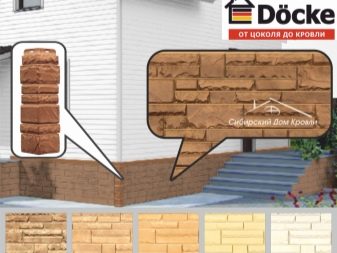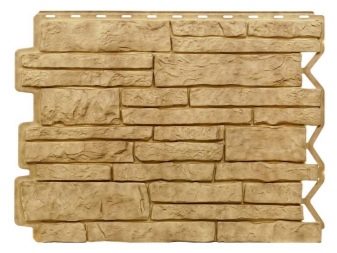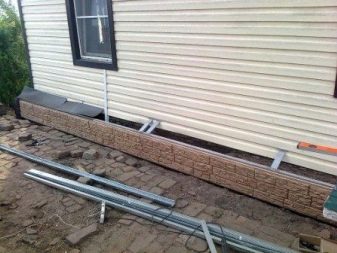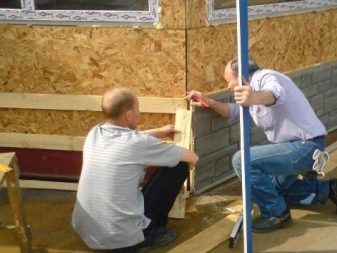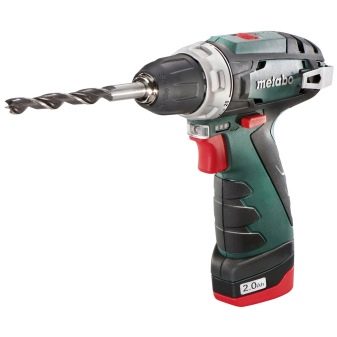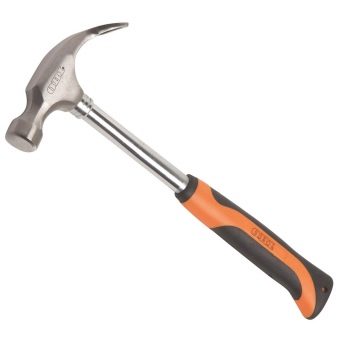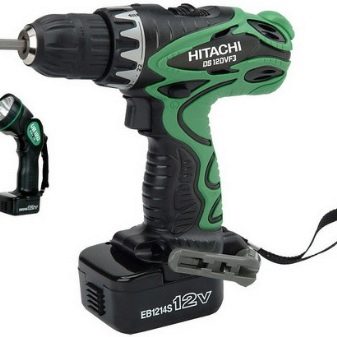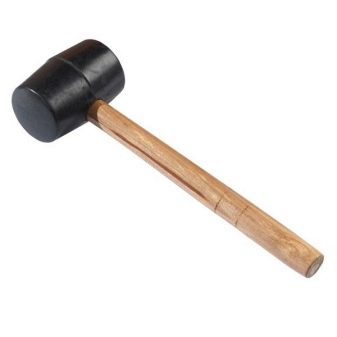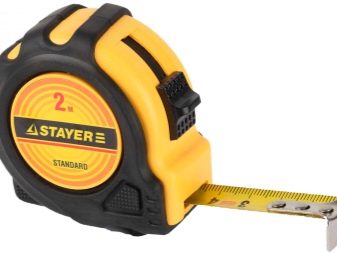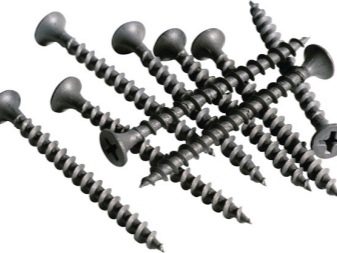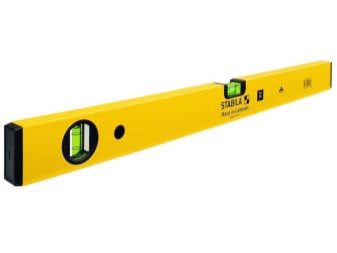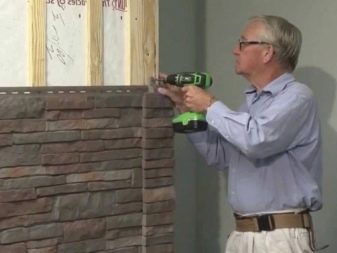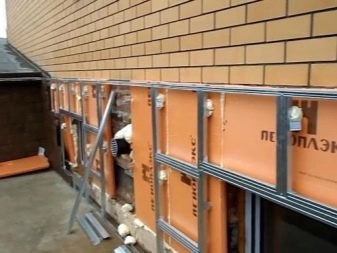Stone ground siding: features of choice
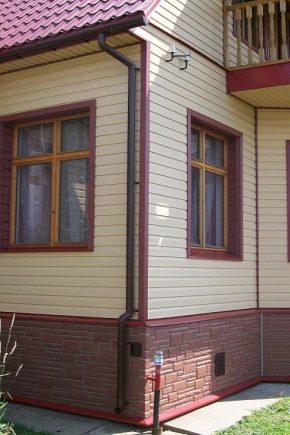
Siding is a modern technology for covering buildings with special panels. They effectively protect the walls from the harmful effects of the environment. Most often, the panels are made of durable vinyl, which copes with the influence of high humidity and temperature changes.
Benefits
The peculiarity of vinyl is that it successfully imitates the texture of various materials:
- natural stone;
- concrete blocks;
- Red brick;
- clinker tiles.
Especially good looks basement siding, which perfectly mimics any finishing material.Unlike standard PVC panels, the material for basement siding is thicker.
Its advantages are as follows:
- does not change its characteristics under the influence of ultraviolet radiation;
- has good density and at the same time small weight;
- easy to install;
- takes the most different forms;
- not affected by the environment;
- does not grow moldy and does not rust;
- is inexpensive;
- the manufacturer guarantees a service life of up to 70 years.
Dimensions
The panels for basement siding have the basic parameters of 1x0.5 m, while different manufacturers allow some deviations. For example, the “basalt stone” may have parameters 1169x449 mm, and the “red brick” 1160x470 mm.
Before you buy a material, you should pay attention to such details and carefully calculate the required amount of facing material.
Vulnerabilities
The most vulnerable spot in the siding is joints, so when choosing a material and installing it, it is recommended to pay close attention to these nodes. A joint is the place where moisture seeps in.If it is of poor quality, then the protective coating will be deformed under the influence of the temperature difference, after a short time it will become unusable. The smaller the gaps at the joints, the better and kinder are the panels.
Kinds
Under a stone or a brick
The most popular are socles trimmed with “stone” or “brick”. Imitation can be so realistic that the differences can be noticed only by an expert; in this respect, basement siding has no equal. Panels "under a stone" or "under a brick" are made to sheathe buildings where there are many windows and doorways due to the fact that such material can be mounted in the most hard-to-reach places.
The brickwork siding is also in demand. People with refined taste like to buy such material. Such panels are made of high quality plastic, the panels are not affected by high temperatures, mechanical impulses.
The Alpine Granite collection is made of special PVC, which guarantees a service life of up to three decades. In this case, the colors do not fade or fade. There are dozens of shades and colors, always really pick up something original, corresponding to the design and image of the building.
Imported basement siding with insulation has not yet received distribution in Russia. Spraying is done from the inside with a polyurethane compound that effectively protects the facade from the influence of low or high temperatures. This novelty is already widely used in housing construction in the north of Europe. Cold winters in Russia are an objective prerequisite for this type of lining to become noticeably in demand. For the price it costs a bit more than standard base siding.
Looks winning collection "Rocky Stone", because it combines natural beauty, gives the original appearance of any structure. Siding, imitating malachite, is also an interesting solution. A variety of different green colors creates a unique pattern. The size of these stones can be very different.
Metal
Metal siding is also very popular, although it is much more expensive. The panels are made of galvanized steel, from the inside this material is additionally covered with a protective primer. Metal base siding has always been in high demand in many different countries.It is made of galvanized steel, which is not affected by the environment. The basement of the building, lined with such material, looks elegant.
Manufacturers
Novik
Canadian siding from the company Novik is very popular, there are several types depending on the simulated surface:
- brick;
- wild stone;
- rubble stone;
- cedar timber;
- the boards.
The company promises a lifetime warranty on all positions. The dimensions of the panels are 1152x522 mm. They have an individual design that gives them an original look. Price ranges from 700 to 800 rubles.
Hand-cut Stone Panel
Natural material is in great demand. Another Canadian company is the Hand-Cut Stone Panel. The company specializes in producing panels that imitate wild stone of various types and sizes. For ground siding, such facing is perfect.
Products from Canada are known all over the world, they are distinguished by a wide assortment and excellent quality.
Alta Profile
The Russian company "Alta-Profile" represents several types of base siding.
- Under the stone. It is in high demand.Its dimensions are 1134x475 mm, and thickness - 20 mm. Minimal waste is generated during installation.
- Under the brick. There is a huge variety of textures and colors. Its dimensions are 1132x468 mm, thickness - 18 mm.
- Under the tile. The panels have special ribs that give even greater rigidity. Dimensions can be 1160x445 mm, thickness - 22 mm. There are available textures that mimic different materials.
Antique Brick siding is represented by panels that mimic the brick of ancient Greece, it looks spectacular. Dimensions are 1167x447 mm, thickness - 18 mm.
Siding "Canyon" looks elegant, attracts attention with a noble appearance. Dimensions are 1115x446 mm, thickness - 22 mm. The latest collection is often ordered for cladding the entire facade of the building. Its cost is about 500 rubles.
Profile vox
The German company Profile Vox has a huge number of different models of any colors and textures. Significant demand are panels imitating stone or brick. The most famous collection is Solid Mur. The dimensions of the basement siding are 1111x462 mm, thickness - 2.5 mm.
A special feature of siding is that the panels are very thin and at the same time extremely durable, they can withstand considerable mechanical loads.
Often, the panels of this company are used for cladding the entire facade of the object. Price ranges from 500 to 600 rubles.
Docke
The German company Docke offers strong and durable products. Every year the company surprises its customers with new developments. Collection Berg includes panels that are made "under the brick." This material can be cladding not only the bases of buildings, but also private suburban households. Siding dimensions are 1128x460 mm.
The Stern collection includes panels that mimic natural stone. Especially liked the products of this company residents of the northern countries of Europe. Siding dimensions are 1195x425 mm, and the price varies from 400 to 500 rubles.
Wandstein
The German company Wandstein offers panels harmoniously combining perfect quality and a wide selection. The dimensions of the panels are 796x596 mm. This material is ideal for finishing country households. After work there is a minimum amount of waste. The price varies from 400 to 800 rubles.
Installation
Installation of basement siding begins with the bottom of the basement. Facing should be done first from one part of the wall, then proceed to the other side. During installation, you should make small gaps that allow the plates to "breathe."
The panels, heated from exposure to sunlight, increase in size, if there are no gaps between them, their deformation is possible.
To secure the panels on the base, you need strong fasteners. It is necessary to create a crate on which the main elements will be mounted. The crate is experiencing significant loads, so its material must be durable. It consists of suspensions and profiles. Also have to be ventilation grilles. Without normal ventilation, moisture will accumulate under the panels, which will adversely affect the surface of the wall.
Corner blocks for basement siding are accessories that trim windows and doors. The j-profile is an element that serves many purposes, it helps to attach the material to the wall. By mounting the basement panels under the stone, even a wooden house can be turned into a mini lock.The choice of hundreds of different textures and colors allows you to choose the ideal material for the realization of original ideas.
Installation is done only from left to right. If the panels are mounted during the cold season, the gap between the blocks must be at least 3 mm. The panels contain special holes with which to fasten. The arrows on the package will always tell you how best to store panels. It is best to store them in an upright position, and fasten the material with nails coated with zinc.
Tools that are needed for siding installation:
- rubber mallet;
- hammer;
- screwdriver;
- drill;
- level 2 m long;
- roulette on 3 m;
- Bulgarian small;
- self-tapping screws.
For the installation of metal crates require rubber press washers. For wooden houses best fit wooden rails and lathing. To calculate how much material is needed, it is necessary to accurately measure the size of the cultivated area. The resulting amount should be divided by a factor of 0.9. This will allow you to calculate how much to cook items in the same row.
It is also important to take into account angular details that converge at the top. To understand how many similar elements are needed, multiply the number of rows by the number of angles. In the batten the battens are spaced 80 cm apart. The horizontal battens are at a distance of about 50 cm from the ground. An inverted J-channel channel should be attached to the upper edge. It will also be appropriate to apply a finishing rail.
The next stage is the installation of panels. It is important at the very beginning to correctly put the "starting" rail, then the inner and outer corner parts. A profile is usually mounted from a corner at a short distance, no more than 10 cm. It is fastened at intervals of every 25 cm. The plank profile is located strictly along the horizon line.
Before starting the installation, count the number of panels. You can mount them from left to right. At first one corner is fixed, then the distance from the starting profile is made by 4 mm. After that, you can move the first panel, which is mounted on the support strip and does not reach the angle of 3 cm.
All subsequent rows will be mounted in a mortise fashion. When placing the screws it is not recommended to fasten them to the stop.The penultimate panel twists on the screw from the left edge. After that, it will be possible to bend the panel and dock it with the latter. After the work can be fixed panel.
How to carry out installation of basement siding under the stone, you will learn from the following video.
See below for how to install the basement siding under a stone by yourself.
